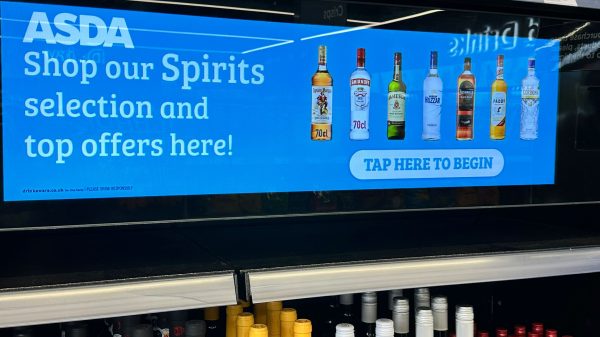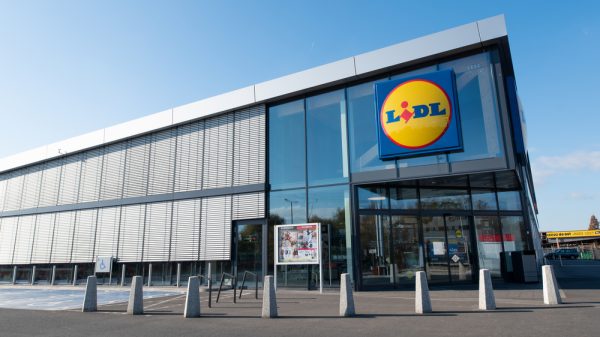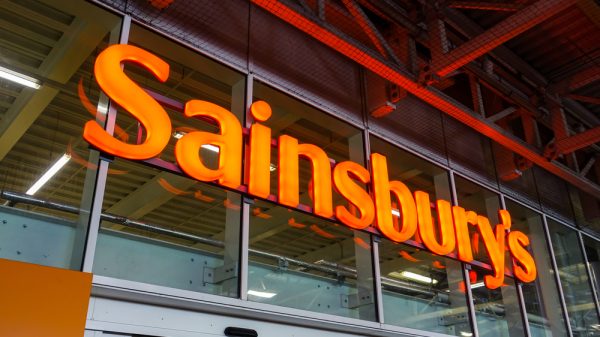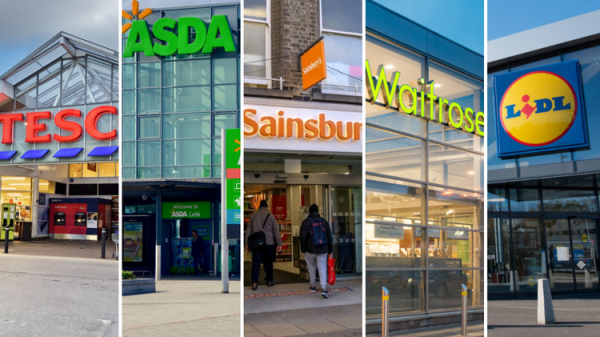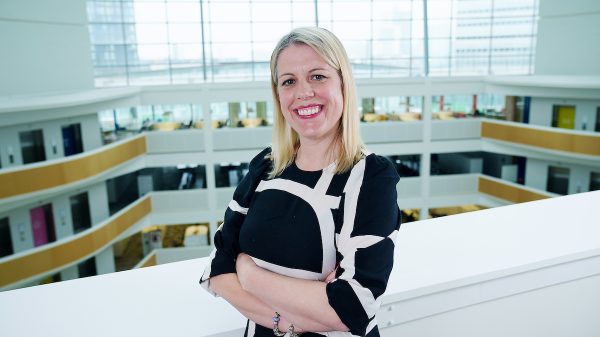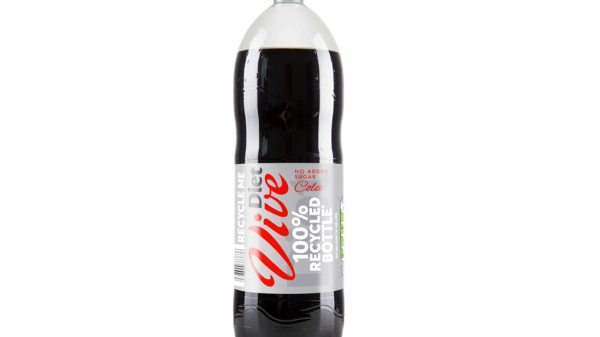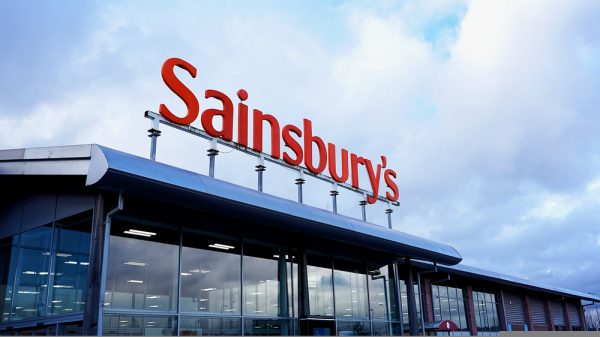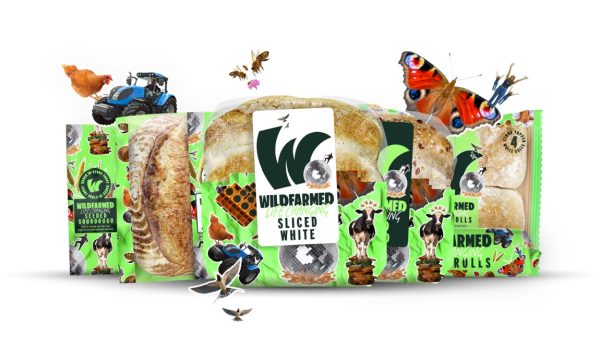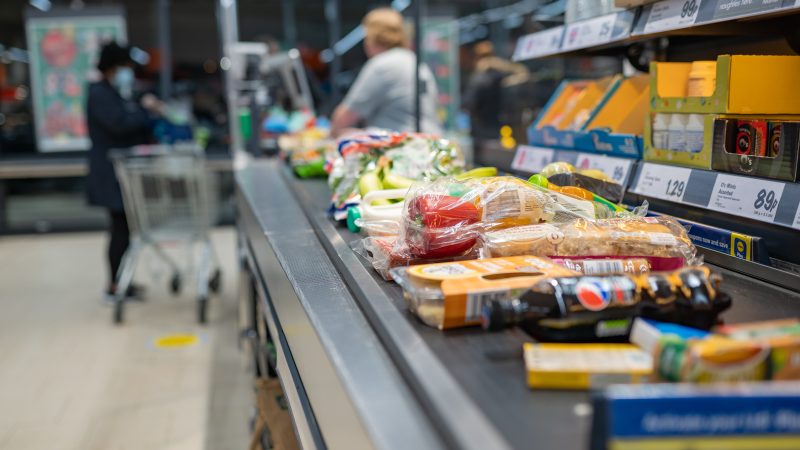With a presence in more than 900 local communities across England and Wales, One Stop is perhaps one of the best-recognised convenience store names in the UK.
Its key focus – being the best store for its local customers – means that on one hand, it is celebrating the recent opening of its 1,000th store by giving out free loaves of bread, while on the other, it is acting as pioneer for the sector as it updates and modernises both its physical stores and online services.
A subsidiary of Tesco since 2003, One Stop has always been at the forefront of the sector, and is now is on a journey to transform its sustainability practices while also modernising strategies in a bid to meet the needs of each and every customer from the communities it serves.
One Stop head of online Tim Josephs and head of transformation Neil Thomas explain how the business is pushing a new wave of convenience into 2023.
Online growth and the delivery push
Last year the convenience sector grew by 4.1% and this figure is expected to continue rising throughout 2023, with the Association of Convenience Stores (ACS) predicting it will grow to £48.6 billion by 2025.
During the Covid-19 pandemic, convenience channels became a hub for many as a way to shop locally or order food via home delivery services during lockdown periods. For One Stop, a staple in many of the UK’s local communities, this has ultimately helped to develop its growth plans.
Josephs described the last two years as a “big period” for the convenience retailer, particularly in terms of its online offering.
Prior to the pandemic, the business operated purely through its neighbourhood stores, he explains.
“We started looking at the on-demand grocery market and how to get it up and running. When the pandemic happened, our in-store market grew massively, there was a huge demand, but due to this we felt it wasn’t the right time to launch it.
“Our focus was to make sure we looked after the people that shopped with us every day and to make sure shelves were full and the shops were open.”
However, the last 18 months have seen One Stop focusing on developing its online offerings, with its website ultimately pointing shoppers towards its delivery service partners, Deliveroo, Just Eat and Uber Eats.
Joesphs says this has been “incremental” to the business.
“We’re not converting customers in-store to shop online, but we’re now reaching new customers. A lot of consumers typically live a lot further away and not in our store catchment, so we’re seeing shoppers using the online services to shop with us who wouldn’t typically have done before.”
Although a subsidiary of leading retailer Tesco for the last 20 years, One Stop operates largely independently. However, Josephs says that – in addition to stocking Tesco product and taking advantage of its buying power – the businesses are also able to share learnings in terms of the market and opportunities.
One Stop currently stocks 160 Tesco own-brand products from across produce, meat, dairy, ready meals and desserts, which it claims offers ‘top-quality food, without the price tag’ – a move which Thomas says means One Stop is able to get “the best value” from suppliers.
However, when it comes to deciding on which products are available on each delivery platform, One Stop will look at what is performing well in its local stores and aim to replicate that.
“We try to make the shopping experience easy to navigate and ultimately more convenient in terms of not having to leave your home to get what you’re looking to buy,” says Josephs.
Earlier this year, One Stop looked to increase the simplicity of this through integrated software from Deliverect, which allows it to update stock availability at a greater speed.
According to Joesphs, this has “really helped to simplify the task of picking and processing an order,” and as a result, he estimates this saves around 25% of the time it did previously.
“In terms of the customer experience, it’s far greater in terms of knowing what we have available. It makes it easier for our staff also, as instead of us having to create a menu and manage one per platform, we can just create it once and push it to all three at the same time, managing it centrally.”
He explains that this has been vital is allowing One Stop to grow the size of its home delivery range and has “really moved us forward in that last couple of months,” with the retailers current online offering consisting of over 2,500 products, available from 600 company owned stores.
Modernising the traditional convenience store
Thomas says that the in-store services that One Stop offers, such as the Post Office, banking and its grocery range, are important to the business in making sure that it remains relevant and “always gives customers what they want, where they want,” being “ideally placed in local communities.”
In looking to enhance in-store efficiency, the retailer recently installed self-service checkouts across 58 of its company owned sites, with roll out across another 80 shops planned for this year.
Thomas says that while self-service tills compliment One Stop’s existing counters, they don’t look to entirely replace these.
“Customer feedback has been really good in the stores that we put [self-service checkouts] in, but we do see some customers wanting to go to the counter and chat. That kind of relationship with colleagues is really strong.”
While he admits that some stores wouldn’t be enhanced by the technology due to particular area demographics, for the majority of stores trialled, it was a large success in helping the checkout experience to be far more “slick and “quick.”
The future of convenience
With a host of transformation plans underway, One Stop is expanding in more ways than one, unlocking a raft of new potential across the convenience sector and focusing on continuing to grow the business over the next couple of years.
There’s a particular focus on growing its franchise store network (currently more than 300) and increasing company store numbers, with the balance between the two models providing critical industry insights to its network.
Thomas says that sustainability is also a key part of its transformation strategy with the businesses ambition of being carbon neutral by 2035.
“We’re well on the journey with that,” he says. “Our big three would be electricity, our fuel trucks, also gases and we have a programme over the coming years to replace all of our refrigeration,” adding that sustainability “is really important” to One Stop.
Ultimately, some of the most transformational plans include continuing the rollout of its in-store technology such as self-service checkouts and the availability of its online offerings to take advantage of the modern technology now available within the convenience sector.
Maintaining its current non-grocery related services will also act as a way to continue One Stop’s community presence, with Thomas adding that its “really important” to One Stop to offer these services. “They’re not always the most profitable but we recognise how important it is to people.”
The final word goes to Josephs, who says that while convenience remains a growing market, expansion remains an “exciting opportunity” for the company, whose plans are likely to see One Stop continue to thrive among local communities; bringing a refreshingly modern take to a traditional retail sector.

